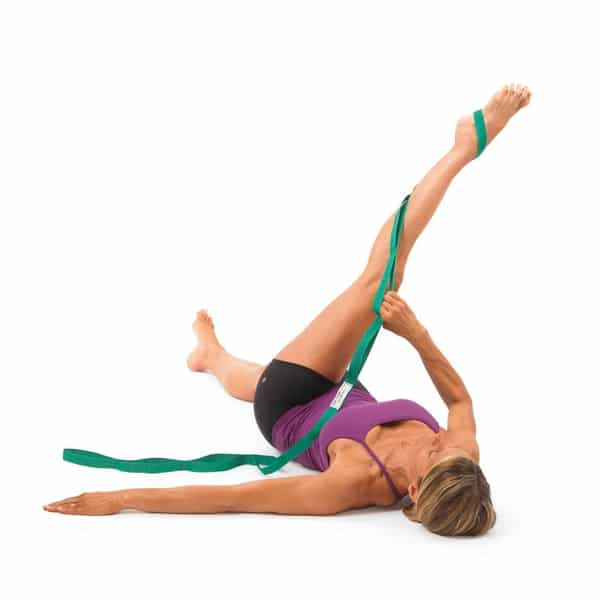
We have all experienced at some point tightness. Whether it be from a previous workout that has made you sore, or just naturally lacking “limberness”.
However, for a long time there has been the adage that you should be stretching before workouts, but what you will see most commonly are people holding static stretches before activity as a part of their warmup.
But is this really good?
Before delving into the question it is necessary to get a better understanding of exactly what flexibility means, the different types of flexibility, and the anatomical components that collectively make up flexibility.
The Anatomy
In simple terms, flexibility is the gross range of motion across a joint. However there are multiple factors that contribute to being flexible. One is basic joint mobility which plays a significant role in flexibility.
Joint mobility is heavily dependent on joint capsule integrity and the corresponding ligaments of the capsule.
The capsule surrounds a synovial joint and is comprised of two layers, with the innermost layer being the synovial membrane.
Capsule mobility will adapt based on an individual’s activity and is a necessary response to capacitate the demands of activity, especially for athletes.
Another factor is muscle length and tone. Muscle is a contractile tissue also significantly involved in flexibility.
Within each muscle are sarcomeres that contain proteins called actin and myosin that slide past each other during contraction. Through different chemical reactions, these proteins bind to each other causing contractions and relaxation of the muscle.
Thus, optimal contractile ability ultimately depends on the length-tension relationship of the muscle and muscle cells, including the sarcomeres. The overlap of these protein filaments in a lengthened or shortened state are less efficient than when in mid-range, thus bringing into question the benefits of static stretching before explosive activity.
Another component to flexibility is fascia mobility. The glue that holds all other tissues together, the fascia is made up of adjacent layers of collagen fibers, intertwined with elastic fibers and layered with adipose tissue.
Its composition of collagen and elastic fibers makes it resistant to traction, but adaptable to stretching. Thus fascia is extremely pliable and resistant, and almost inextensible.
This rare physiological makeup makes the fascia interesting in its role in flexibility and the techniques to stretch it as research continues to discover it’s full capabilities.
Anatomically, these factors collectively contribute to overall flexibility.
So Is Flexibility a Benefit To Overall Performance?
Research on this topic has been contradictory with parties divided saying both yes and no.
Some studies have shown that the acute effects of stretching can be detrimental to performance and static stretching can reduce muscle stiffness, reducing its ability to quickly contract.
To better understand, we have to consider the basic physiology of the muscle and the sliding filament theory. This is where actin slides across myosin, grabbing it to create muscular contraction. When the muscle gets to stretched out, those actin fibers get far apart from each other, making it less efficient to grab the myosin filament decreasing the muscles ability to contract.
If a muscles’ contractibility has been compromised, then its strength and power generation potential decreases having a negative impact on performance.
Dynamic vs Static Flexibility
Research has however proven that there is a clear advantage in doing Dynamic stretching versus static stretching before performance and training.
Dynamic stretching involves more movement of joints, muscles, and tendons preparing the body for specific movement as well as elevating internal temperature.
Dynamic, or active stretching has been shown to improve immediate power and agility as long as it is performed within 60 minutes of activity.
Static flexibility (standing still and touching your toes) has been shown to have negative acute effects on performance, but beneficial long term effects on overall flexibility and joint health.
Static, or passive stretching reduces rate of force development by compromising the viscosity of muscle tissue, furthering the argument on its effectiveness immediately to performance.
For this reason it is recommended that static stretches be reserved for post workout cool down and done on off days.
So is flexibility beneficial?
While research is still ongoing, the short answer is yes depending on your lifestyle.
For the active person or athlete, dynamic stretching is more appropriate immediate to performance and activity while passive stretching better for afterwards or off days because of the physiological properties of muscles.
Both provide benefits both short and long term when used accordingly.
